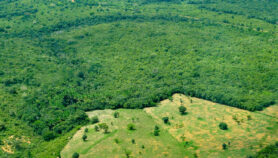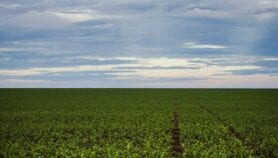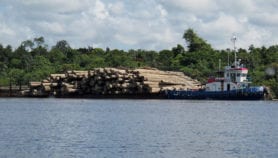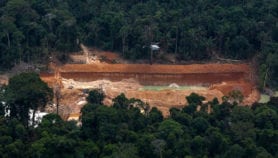Send to a friend
The details you provide on this page will not be used to send unsolicited email, and will not be sold to a 3rd party. See privacy policy.
African forests are adding to their mass each year by an amount equivalent to a small car per hectare, researchers have found. The finding has surprised researchers and confirms the forests’ status as one of the world’s substantial carbon sinks.
Researchers used data collected between 1968 and 2007 to calculate that 0.6 tonnes of carbon per hectare are added to African forests each year. While this has been shown in the Amazon, this is the first demonstration that African forests are taking in carbon. This means that African forests are still growing and not in equilibrium — where tree death and growth occur at the same rate — as was previously thought.
There are two possible explanations for this. One is that the forests suffered disturbances — such as fires or mass logging — in the past, from which they are still recovering and therefore still growing.
Alternatively, changes in the global climate and atmosphere could have disturbed the forests’ previous equilibrium. Increased carbon dioxide could be increasing tropical tree growth for example.
It is likely that both theories have a role to play, but scientists need a better understanding of carbon dynamics in tropical forests to know the answer, writes Helene C. Muller-Landau of the Smithsonian Tropical Research Institute in Panama, who wrote a commentary article in Nature.
The research also highlights the need to protect African forests, write the authors of the Nature paper, led by Simon Lewis of the University of Leeds, UK. "With adequate protection these forests are likely to remain large carbon stores in the longer term. Securing this service will probably require formalising and enforcing land rights for forest dwellers, alongside payments for ecosystem services to those living near forested areas."
Updated 6 March 2009
Link to News and Views article in Nature













